Software for Filter Design and Circuit and Analysis
WaveCon offers a variety of synthesis programs for design of both coupled line filters and transmission line filters including programs for elliptic filters and cross-coupled filters. It also has an analysis program which can accept designs from the synthesis programs allowing for combining designed filters with other microstrip components as resistors, capacitors, amplifiers, etc.
Parfil designs parallel-coupled, interdigital, combline, hairpin, and bandstop filters. It also designs transmission line filters for low-pass, high-pass, band-pass and band-stop filters. Parfil has been significantly upgraded including capability for design of flat group delay filters and for designs with an intervening opening between rods. It can design coupled coax line filters and high dielectric constant combline ceramic filters. Almost all of these designs can be done for a variety of media including microstrip, stripline, rectangular bar, round rod, shielded microstrip, and suspended substrate.
Parfil has been sold to hundreds of companies worldwide and has been considered the most accurate design software available. Companies who have purchased Parfil in the past, including major filter companies continue to purchase upgrade copies .
Elliptic provides design capability for elliptic filter frequency response. Elliptic includes design information for both cross-coupled and elliptic filters. Adding rods or lines which couple to the first and last filter rods provides two additional zeros to achieve the desired elliptic filter response. Folding a filter so that rods or lines couple between internal rods is known as cross-coupling. Due to phase cancellation an elliptic type response is achieved from this filter design approach. At lower frequencies, capacitors can be used for the cross coupling.
Parfil and Elliptic are featured in an article in Microwaves & RF magazine, entitled “Software tool proves merit for filter design”[1]. They are also dscussed in the book: Modern RF and Microwave Filter Design [2].
LineComp was developed to meet the need for transmission line and coupled transmission line analysis and synthesis. It include plotting of various parameters. Concerning accuracy: where available, exact solutions were used. Where not available, analysis such as Finite Element analysis were use for a large number of points and interpolated.
ProCAP is a stand alone nodal analysis program useful for experienced designers and students who desire a low cost program for their personal use and do not have ready access to a program such as ADS [r]. ProCAP is especially useful with Parfil and Elliptic where deigns may be imported directly into ProCAP. It has over 100 circuit elements which may be used in a circuit design. Nodal circuit equivalents for designs made in Parfil or Elliptic may be imported into ProCap. This permits adding other circuit elements such as circuit elements to form a diplexer between two filters designed by Parfil. It also is useful for doing a sensitivity Monte Carlo analysis on a particular design. The software for ProCAP is similar to Touchstone®. Useful examples are given under the selection ProCAP Design Examples. These include:
- ProCAP Low-Pass Cross Coupled Filter
- ProCAP Diplexer
- ProCAP Lange Couplers
- ProCAP Ceramic Tapped Combline Filter
- ProCAP Balanced Amplifier
To contact us:
WaveCon
Phone:706-955-9362
E-mail:rfken2000@yahoo.com
References
1. “Software Tool Proves its Merit for Filter Design”, Microwaves & RF, Penton , Cleveland, OH. September 2017
https://www.mwrf.com/software/software-tool-proves-its-merit-filter-design
2. Modern Rf and Microwave Filter Design, Protap Pramanick & Prakish Bartia, Artech House, Boston, 2016
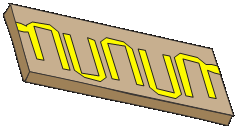
Microstrip Hairpin Filter
ProCAP Balanced Amplifier
A Balanced amplifier is one in which two amplifiers are used with hybrid couplers at both the input and output of the two amplifiers. This result in greatly improved input and output impedances. The hybrid couplers could be Lange couplers or the more traditional branch line hybrid couplers. This is illustrated in Figures 1 and 2.
Figures 3 and 4 show the performance of the branch Line hybrid for direct and coupled outputs.
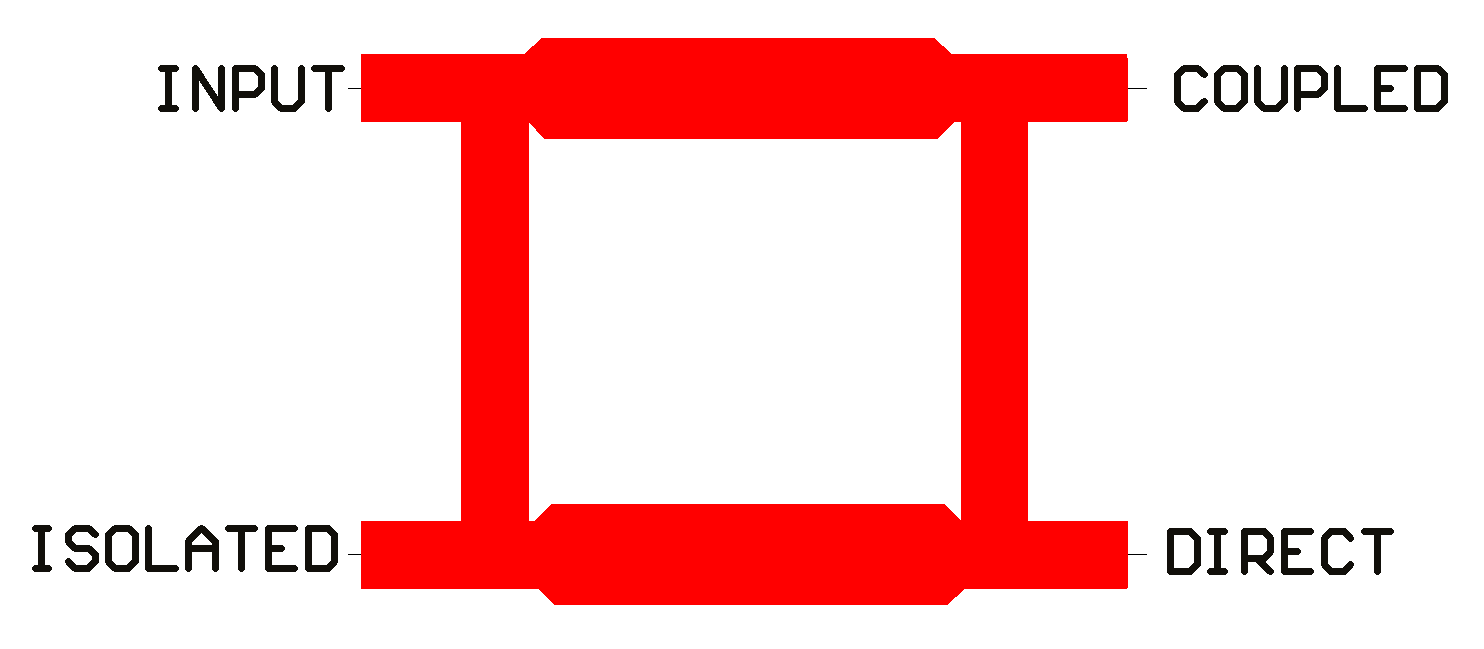
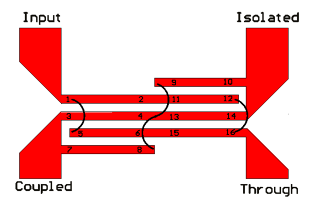
Figure 1: Hybrid Coupler Figure 2: Lange Coupler
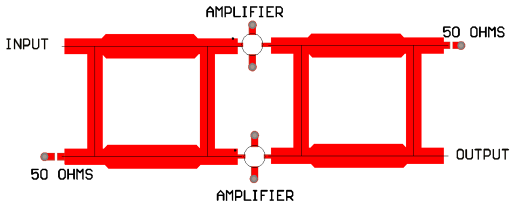
Figure 3: Balanced Amplifier using Hybrid Couplers
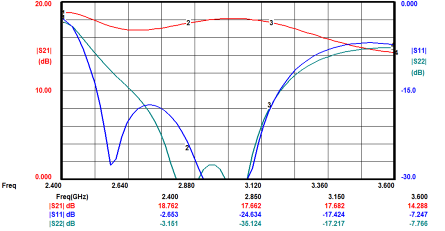
Figure 4. Balanced amplifier circuit performance using branch line hybrids
The output for this circuit is shown in Figure 4. The return loss is considerably improved over a single amplifier. For wide bandwidth circuits, the Lange coupler would be used.
